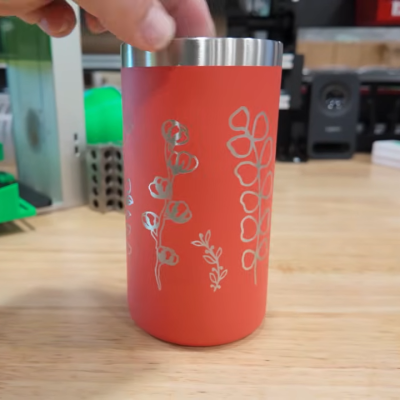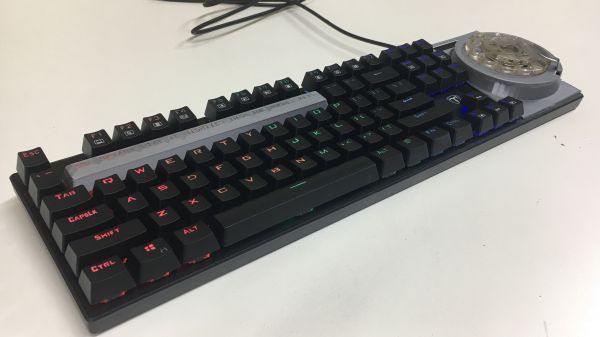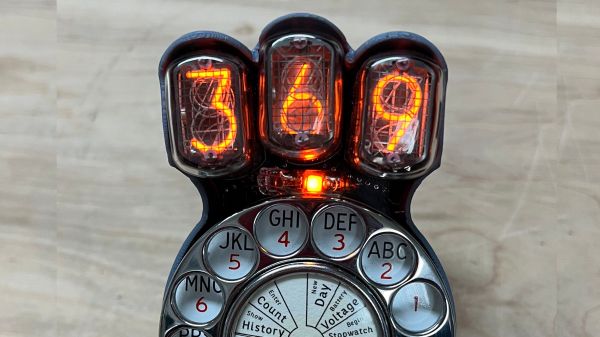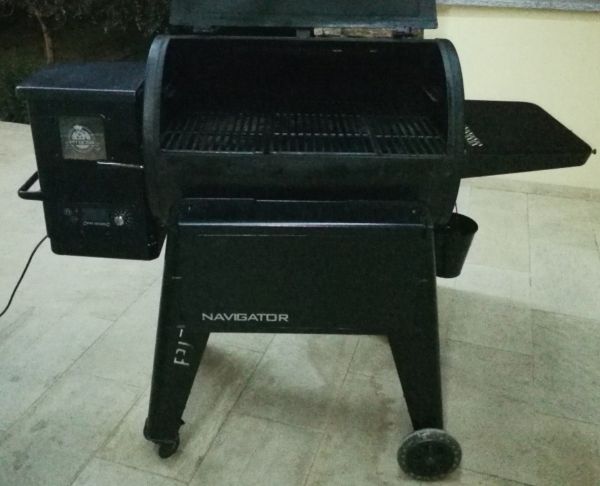The rotary evaporator (rotovap) rarely appears outside of well-provisioned chemistry labs. That means that despite being a fundamentally simple device, their cost generally puts them out of reach for amateur chemists. Nevertheless, they make it much more convenient to remove a solvent from a solution, so [Markus Bindhammer] designed and built his own.
Rotary evaporators have two flasks, one containing the solution to be evaporated, and one that collects the condensed solvent vapors. A rotary joint holds the evaporating flask partially immersed in a heated oil bath and connects the flask’s neck to a fixed vapor duct. Solvent vapors leave the first flask, travel through the duct, condense in a condenser, and collect in the second flask. A motor rotates the first flask, which spreads a thin layer of the solution across the flask walls, increasing the surface area and causing the liquid to evaporate more quickly.
Possibly the trickiest part of the apparatus is the rotary joint, which in [Markus]’s implementation is made of a ground-glass joint adapter surrounded by a 3D-printed gear adapter and two ball bearings. A Teflon stopper fits into one end of the adapter, the evaporation flask clips onto the other end, and a glass tube runs through the stopper. The ball bearings allow the adapter to rotate within a frame, the gear enables a motor to drive it, the Teflon stopper serves as a lubricated seal, and the non-rotating glass tube directs the solvent vapors into the condenser.
The flasks, condenser, and adapters were relatively inexpensive commercial glassware, and the frame that held them in place was primarily made of aluminium extrusion, with a few other pieces of miscellaneous hardware. In [Markus]’s test, the rotovap had no trouble evaporating isopropyl alcohol from one flask to the other.
This isn’t [Markus]’s first time turning a complex piece of scientific equipment into an amateur-accessible project, or, for that matter, making simpler equipment. He’s also taken on several major industrial chemistry processes.


















